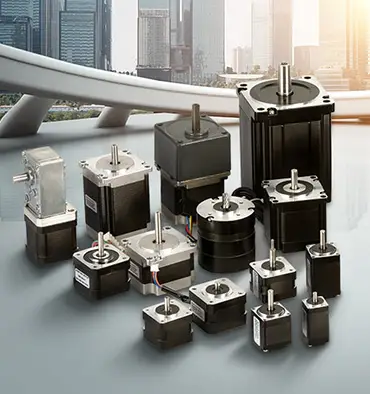How fast can stepper motors spin?
Stepper motors are a type of electric motor that are used in a wide range of applications, from 3D printers to computer printers to medical equipment. These motors are known for their precise movement and control, making them an ideal choice for applications that require precise positioning.
One of the key features of stepper motors is their ability to rotate in small, precise increments, known as "steps." This makes them ideal for applications that require precise movement, such as in CNC machines or robotics. But how fast can stepper motors spin, and what factors affect their speed?
The speed at which a stepper motor can spin depends on a number of factors, including the type of stepper motor, the drive technology used, and the load being applied to the motor. In general, stepper motors can spin at speeds ranging from a few revolutions per minute (RPM) to several thousand RPM.
The type of stepper motor is one of the key factors that determine its speed. There are two main types of stepper motors: permanent magnet (PM) stepper motors and variable reluctance (VR) stepper motors. PM stepper motors are typically more powerful and can spin at higher speeds than VR stepper motors, which are typically smaller and more efficient.
The drive technology used to control the stepper motor also affects its speed. There are two main types of drive technology: microstepping and full-step drive. Microstepping allows the stepper motor to be controlled in smaller increments, which can result in smoother, more precise movement. However, microstepping can also reduce the speed at which the stepper motor can spin. Full-step drive, on the other hand, allows the stepper motor to be controlled in larger increments, which can increase its speed but can also result in less precise movement.
The load being applied to the stepper motor also plays a role in its speed. As the load on the motor increases, its speed will decrease. This is because the motor has to work harder to overcome the added resistance. As a result, stepper motors are often used in applications where the load is constant and known, such as in CNC machines where the weight of the cutting tool is constant.


Leave a Reply